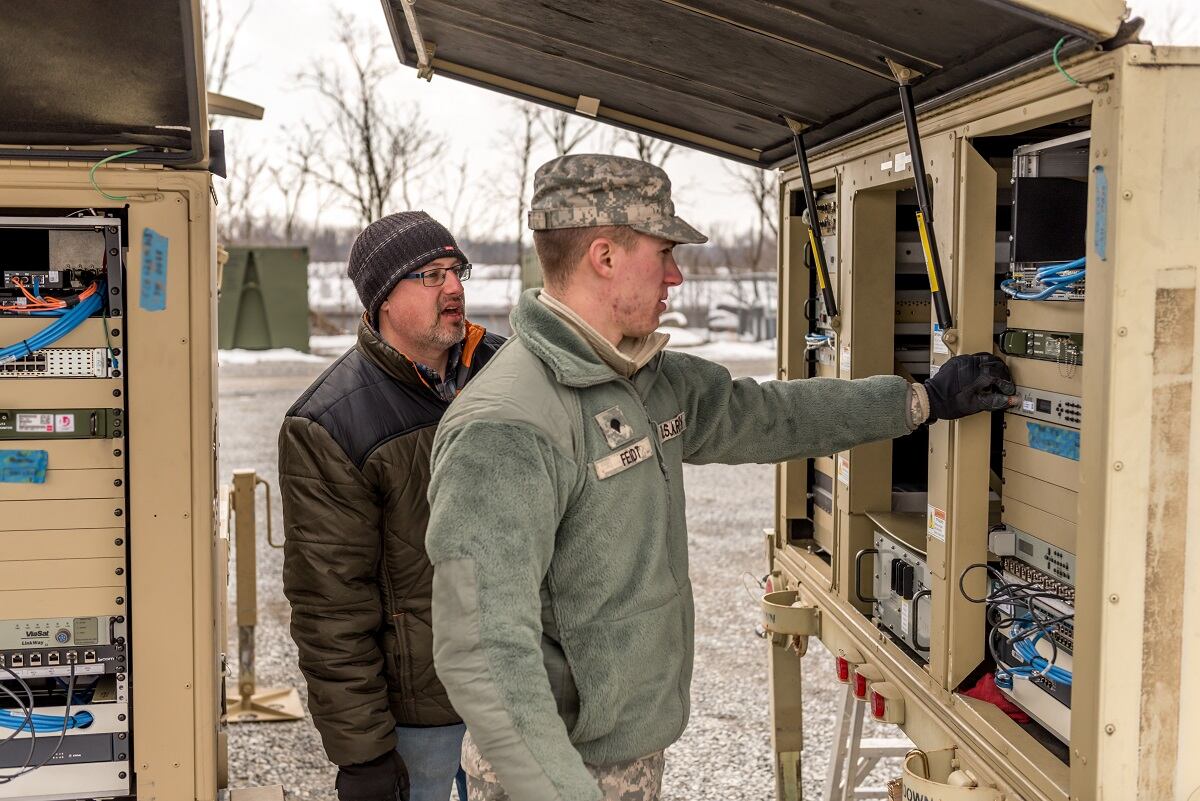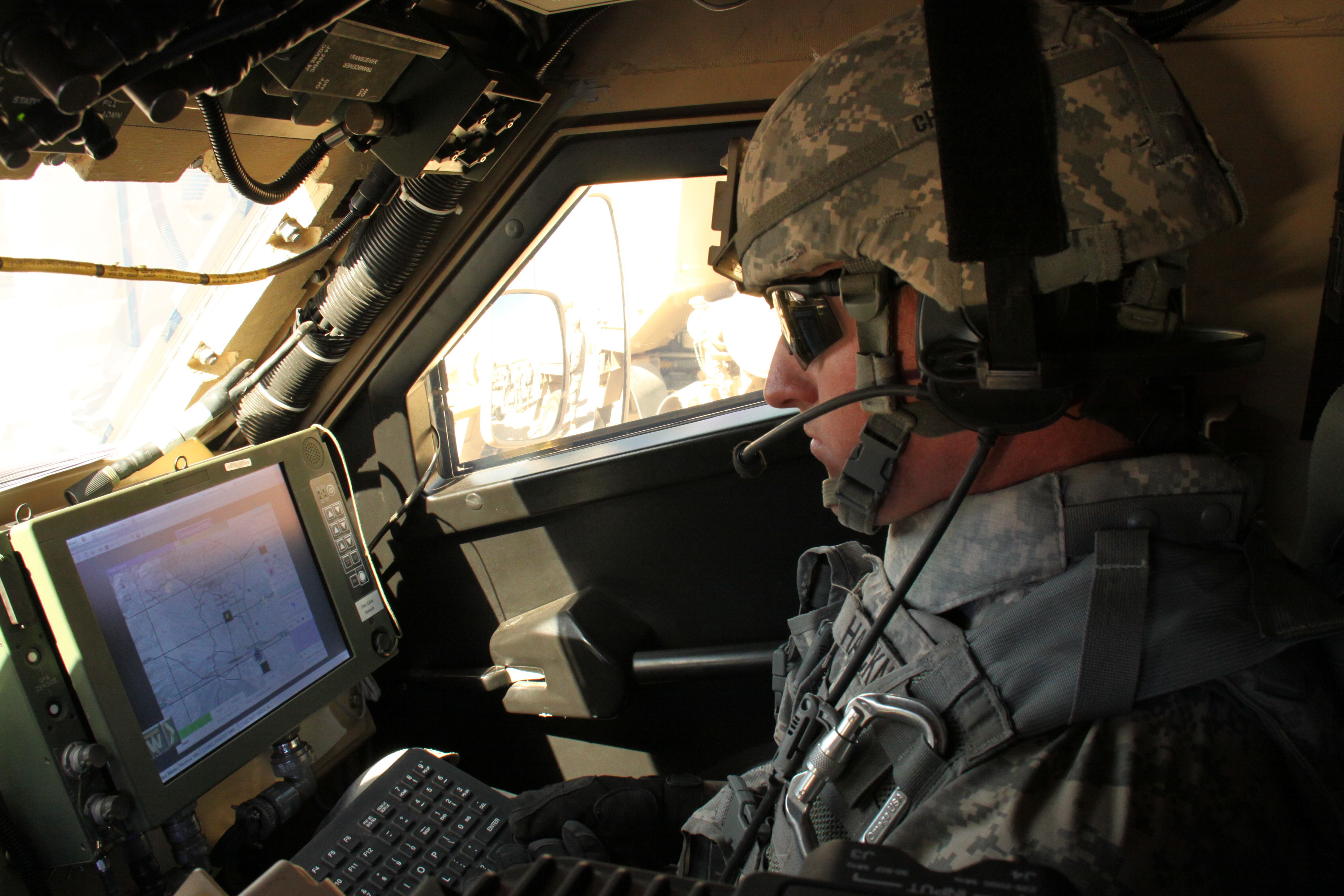Across the Department of Defense, organizations and agencies want to transport parts and ready-to-go systems to field units on demand.
For the Army’s sustainment community, this means keeping up with the dynamic pace of deployments to by placing qualified workers closer to the battlefield or assembling reserve systems ahead of time.
Mobile, expeditionary equipment, which includes communications and networking gear, wasn’t required for the counterinsurgency fight in Iraq and Afghanistan. There, the Army was able to take advantage of predicable rotations in a relatively permissive theater from a technology standpoint, Communications and Electronics Command Commander Maj. Gen. Randy Taylor told C4ISRNET in a May 20 interview in his office at Aberdeen Proving Ground.
Now, Communications and Electronics Command, responsible for sustaining and refurbishing Army command, control, communications, computers, cyber, intelligence, surveillance and reconnaissance (C5ISR) systems, is looking to adjust to this new unpredictable world.
Taylor said the Army is focusing on global hot spots where it thinks it might have to respond with soldiers by sending the proper technicians ahead first. Army staffers are also making sure they configure systems as much as possible in advance of competition, however, but forward technicians can assist if systems break or need to be tweaked.
The Army’s premier depot maintenance center, Tobyhanna Army Depot in Pennsylvania, has established depot maintenance facilities in Korea and Europe. This allows much of the depot work to be done in the field, reducing the repair times so units can get their equipment back faster. This setup means only items that have to go back to Tobyhanna are then shipped back.
One of the big shifts in a renewed focus on so-called great power competition versus the prior years of counterterrorism, Taylor said, is supporting mobility and immediacy, or what senior Army leaders refer to as “fight tonight.”
“What we’re looking at now with this possible near peer conflict is fight tonight expeditionary,” he said. “That’s part of the imperative for modernizing the network so it’s lighter, faster, more capable, but sustainment has to keep pace with those expeditionary units.”
RELATED

One area in particular the Army has reevaluated in this vein is its pre-positioned stocks. These are equipment that sit forward so units that deploy don’t have to take everything they need with them.
While declining to offer a region by name, Taylor said in certain areas, rather than just putting C5ISR systems in proximity of platforms stored in the same compound, they are installing the systems on the platform in these pre-positioned areas so that they can be ready to “fight tonight.”
Mark Pomerleau is a reporter for C4ISRNET, covering information warfare and cyberspace.








